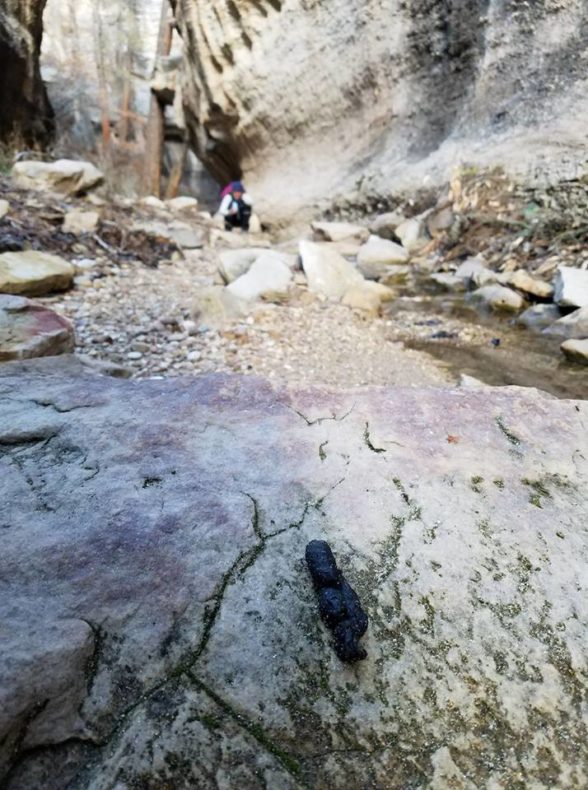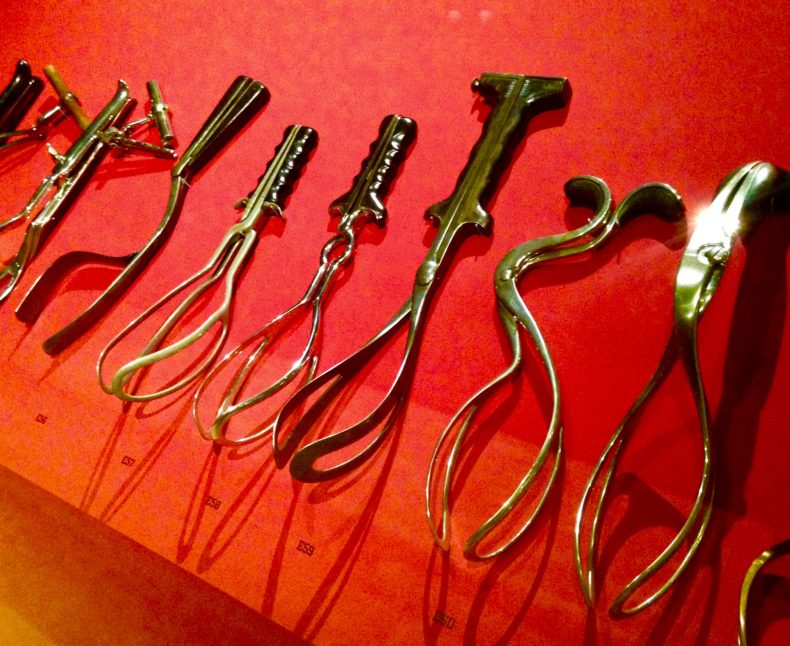
I have been paying attention to poop and where I find it.
This isn’t a passing interest, I’ve been noting for years where animals choose to squat. In the out of doors, you can’t help noticing because they squatted to get your attention, like a billboard that reads GOTCHA!
With a little chub of scat would come all sorts of information: sex, fertility, health, virility, strength, what was eaten, and where. The way the poop is positioned, which end is tapered off, tells you which direction the animal was heading. A coyote had to feel pretty damn good about things to lay one right in the middle of a clean white sidewalk, knowing there would be no hiding it. This is pure animal pride.
When I come to a confluence of canyons and there on a boulder in the middle is a shit of coyote or fox, I can’t look away. The animal knew this was the spot.
The last couple months I’ve been snapping photos of well-placed predator scat. Whenever I see one, my mind flies to wherever that animal has gone, effectively leaving a proxy of itself, as if being cloned, leaving a dark one like a sentinel. It is a graffiti scrawl, I was here, which may be pertinent information, letting competitors know that the fight isn’t worth it, letting potential mates know who’d come by, the tinder of the wilderness. Continue reading →






 About seven years ago, a good friend of mine experienced an unthinkable tragedy. Her 38-year-old cousin—to whom she was extremely close—and the woman’s two young daughters were walking hand in hand to school when a driver, having passed out due to an illness, swerved into them. They were dragged to their deaths.
About seven years ago, a good friend of mine experienced an unthinkable tragedy. Her 38-year-old cousin—to whom she was extremely close—and the woman’s two young daughters were walking hand in hand to school when a driver, having passed out due to an illness, swerved into them. They were dragged to their deaths.